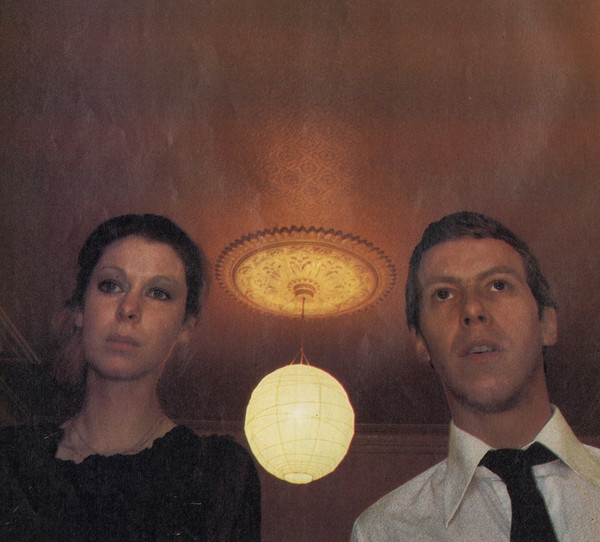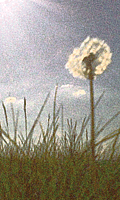


NEWS:
Only 2 days left to hear our September stream - otherwise go to MixCloud to listen but without detailed artist/gig info
Artist Info
|
The Flying Lizards  Image from Discogs  The Flying Lizards was an experimental new wave / post-punk pop group from London, UK, which existed from 1976 to 1984. The group was formed and led by David Cunningham, whose concept was to have a loose-knit line-up: the group included avant-garde and free-improvising musicians like David Toop and Steve Beresford (both of General Strike), as well as keyboard player Julian Marshall (of the duo Marshall Hain) and the late painter Michael Upton. Vocal duties tended to be taken by a variety of female singers such as Deborah Evans-Stickland (1978-9), Vivien Goldman (1979), Patti Palladin (1981) and Sally Peterson (1984). The Flying Lizards was an experimental new wave / post-punk pop group from London, UK, which existed from 1976 to 1984. The group was formed and led by David Cunningham, whose concept was to have a loose-knit line-up: the group included avant-garde and free-improvising musicians like David Toop and Steve Beresford (both of General Strike), as well as keyboard player Julian Marshall (of the duo Marshall Hain) and the late painter Michael Upton. Vocal duties tended to be taken by a variety of female singers such as Deborah Evans-Stickland (1978-9), Vivien Goldman (1979), Patti Palladin (1981) and Sally Peterson (1984).The Flying Lizards are known mostly for their singles featuring quirky but catchy covers of pop hits from the mid 1950s to early 1970s, cloaking the band's avant-garde sensibilities, in true post-modern fashion, in the guise of the then popular novelty genre. These covers were "Summertime Blues" (1978, original by Eddie Cochran), "Move On Up" (1981, original by Curtis Mayfield), "Sex Machine" (1984, original by James Brown) and "Dizzy Miss Lizzie" (1984, original by Larry Williams). But their biggest hit was their 1979 cover of Barrett Strong's "Money (That's What I Want)", which remains popular to this day due it having since become a regular staple in popular Hollywood movies and TV shows, such as The Wedding Singer, Empire Records, the first Charlie's Angels and Lord of War. The unlikely success of their single "Money" allowed the band creative freedom to record their eponymous debut album, The Flying Lizards. Besides three covers, the 1979 album contained seven original tracks, which, typical for post-punk of the time, combined elements of Krautrock, dub and funk. Deborah Evans-Stickland and Vivien Goldman provided most of the vocals. A cover of the 1922 Music Hall novelty song "The Laughing Policeman" was recorded in 1980 with Kit Hain (of the duo Marshall Hain) on vocals, but when the group's label Virgin was not interested in releasing it as a single, Cunningham took it to Arista and released it under the alias The Suspicions. The EP is now a rare collector's item. The recording of the band's second album Fourth Wall was a more ambitious affair, featuring a proper horn section and guest musicians like Robert Fripp and Michael Nyman. The New York singer Patti Palladin of the duo Snatch did most of the vocals. Released in 1981, the album was a commercial failure despite being critically acclaimed. The Flying Lizard's third (and last proper studio) album Top Ten consists entirely of covers, done in a deliberately emotionless, robotic style, featuring vocals by Sally Peterson. The album, released in 1984, makes use of the then-emerging digital technology such as sampling. A posthumous album of dub instrumentals, The Secret Dub Life of the Flying Lizards, appeared in 1995, which contains remixes of existing dub reggae tracks recorded in Jamaica in 1978 by Jah Lloyd. As the original recordings were already mixed-down to mono, remixing them stretched the creativity of Cunningham and chums to the limits. Read more on Last.fm. User-contributed text is available under the Creative Commons By-SA License; additional terms may apply. Artist biography from last.fm Some other places to look for information: last.fm Discogs MusicBrainz |
